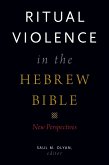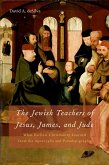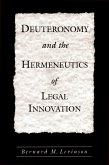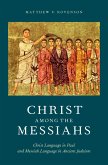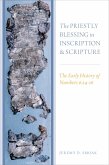This book asks: How might the earliest gospel have been heard by those first followers of Jesus who were religious Jews? Assuming that the earliest Jesus traditions took their shape from forms familiar to Judaism, Sabin sets the composition of Mark in the context of the theological discourse of first-century Judaism. In that context, she notes, all theology was biblical. It took the form of an exchange between current events and Scripture: contemporary persons and happenings were understood through the lens of the Hebrew Bible, while at the same time, the biblical word was reopened--that is, reinterpreted--so as to reveal its relevance to the present faith-community. Applying this kind of compositional process to the Gospel of Mark, Sabin uncovers a fresh reading of the seed, fig tree, and vineyard parables; of the various Temple scenes; of the foolish disciples and the wise women; and of the controversial ending. She highlights the results of her findings by juxtaposing them with interpretations of the same passages given by various church fathers such as Origen, Irenaeus, and Bede, as well as by readings from the twentieth century. The results are provocative. Sabin sees Mark as an original theologian shaping his material out of two primary Jewish traditions: the Wisdom traditions, with their emphasis on God's presence in daily life, and Creation theology, which imagined the End Time not as a catastrophe but as a return to the Garden. She thus offers a new way of understanding Mark's use of Scripture, his eschatology, and his presentation of Jesus. In conclusion, she argues that retrieving Mark's voice in the context of Early Judaism brings with it insights much needed in our day: of God's presence in the ordinary; of God's image reflected in female as well as male; of watchfulness as the way of wisdom; of God's revelation as ongoing.
Dieser Download kann aus rechtlichen Gründen nur mit Rechnungsadresse in A, B, BG, CY, CZ, D, DK, EW, E, FIN, F, GR, HR, H, IRL, I, LT, L, LR, M, NL, PL, P, R, S, SLO, SK ausgeliefert werden.



